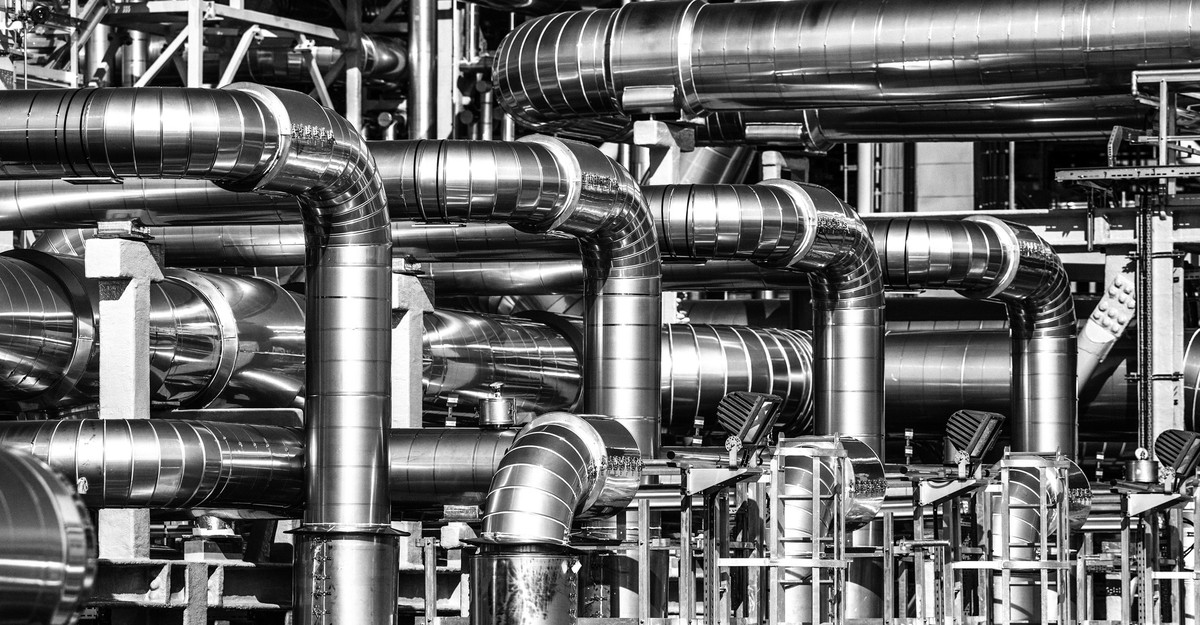Interesting stuff - is there anything else you would like to add or websites you could point us to?A bit surprising, but it’s still helpful.
The most efficient energy-wise speed to move goods is just about as slow as possible, but things have to get there, so there ends up being a time constraint.
Within that time constraint, you want to move goods at as constant of a speed as possible over the route to keep aero drag (dependent on speed) low. All the tracks, even out west, have ups and downs (1% grade being considered steep) and they have varying speed restrictions going into curves and towns, etc. There are single track segments where the train has to stop to deconflict with oncoming traffic. Every one of those decels and down grades offer energy to be grabbed and reused. It adds up to quite a lot getting lost right now.
Currently on vacation but looking forward to calling a classmate who is a locomotive engineer for CSX and get his input as well.
Speaking of locomotive engineers, here is a video of perhaps the most famous one of all:
And as my son gets older, I get to build a train set: is it still HO gauge and N gauge for modellers?






